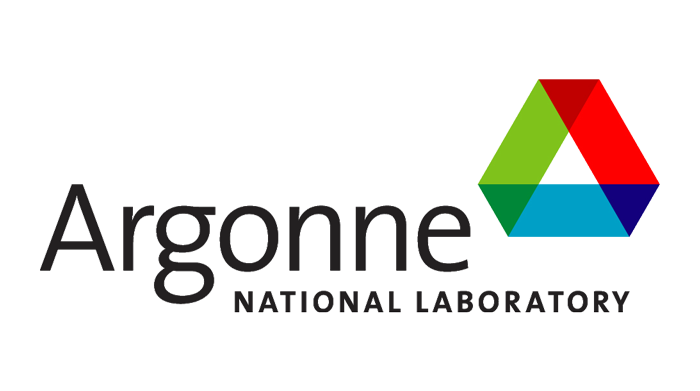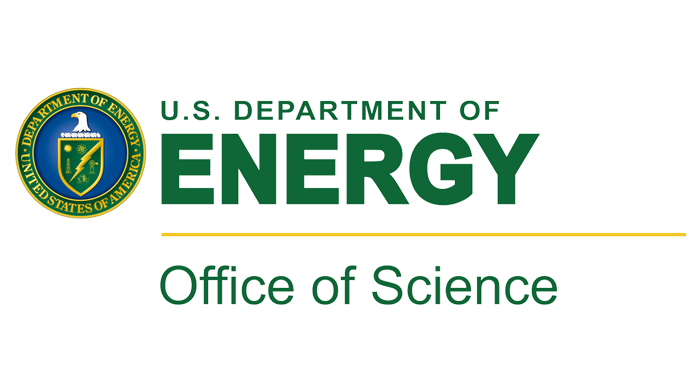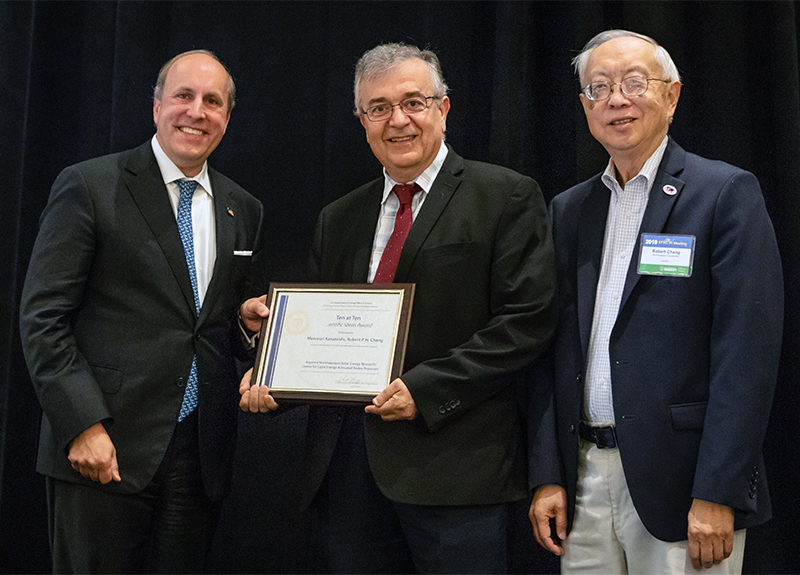Many Research Organizations, One Team
Founded in 2018, the Center for Light Energy Activated Redox Processes (LEAP) is a collaborative research and discovery initiative with ambitious goals to improve our understanding of energy-demanding redox reactions—reactions that form the basis of processes used on a global scale to provide materials, fuels, chemicals, and food. Making these processes highly efficient will have a major positive impact on both the US and global economy.
LEAP is funded through August 2020 by the US Department of Energy (DOE) as a part of the national Energy Frontier Research Centers (EFRC) program. Center research responds specifically to the DOE’s Grand Challenges and Transformative Opportunities.
The LEAP Center leverages the substantial advances made by its predecessor, the Argonne-Northwestern Solar Energy Research (ANSER) Center. ANSER was founded in 2007 and researchers enjoyed nine productive years working through the development of fundamental understanding of molecules, materials, and methods necessary to create dramatically more efficient technologies for solar fuels and energy production.
As with ANSER, LEAP’s success depends on an integrated systems approach that comes from focused, team-oriented, interdisciplinary research with close communication and coordination among member partners. These collective institutions offer a critical mass of world-class researchers with unique capabilities and facilities in materials synthesis, characterization, and theory.

LEAP research is organized into three interwoven thrusts:
Thrust 1 - Powering Redox Processes
Thrust 2 - Tailored Interfaces and Hierarchical Assemblies
Thrust 3 - Redox Catalysts for Energy-Demanding Reactions
LEAP Partner Logos1






All Rights Reserved.






